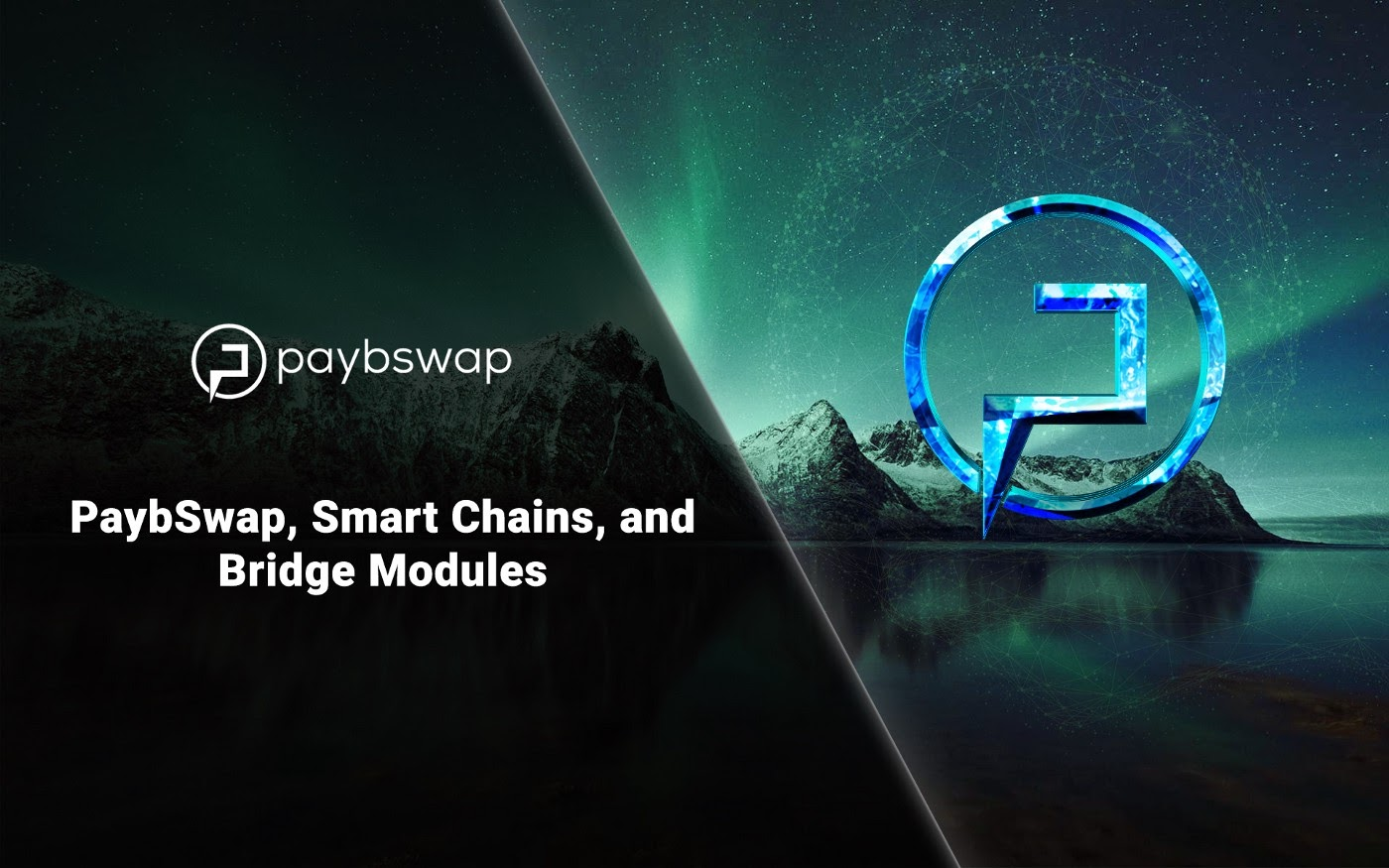
The most significant challenge regarding blockchains technology has always been to keep them decentralized, which resulted in the rise in interoperability and thus creating a bridge between two disparate blockchains. With the recent tweet from Vitalik Buterin concerning the feasibility of real interoperability, there have been controversial debates on whether decentralized cross-chain bridges are a natural part of the future or a dream that will never come true. As a result, many projects have been trying to solve interchain interactions; we will delve into two of them, PolkaBridge and PaybSwap.
Smart Chains
Following are three renowned smart chains:
i) Binance Smart Chain
ii) Ethereum
iii) Polkadot
Binance Smart Chain, BSC, is primarily designed to support smart contracts. It also offers compatibility to the Ethereum network via Ethereum Virtual Machine (EVM). Smart contracts allow blocks to be created after certain conditions are met by the process to be held, i.e. they are driven by “if & then” conditional statements, which are preprogrammed and vary. BSC is based on the PoSA (Proof of Staked Authority) model meaning it demands a certain amount of set value (BNB, in this case) to be deposited equivalent to the authority over being a validator.
Ethereum is the first network introducing smart contracts, which led to the rise of dApps and therefore reduced the chance for frauds, and it’s based on a hybrid PoW+PoS (Proof of Work + Stake) consensus mechanism.
Polkadot chain stands on the PoS (Proof of Stake) model. As with BSC, Polkadot demands its validators to make a deposit, which is DOT. This then authorizes them to get hold of the processes being held on the chain.
Cross-Chain Bridges
Bridging solutions allow the access of digital assets across different chains. Centralized bridges are where there’s a mediator, the bridge is trusted, and the transactions between chains are handled. But when it comes to a decentralized system, the software and the programmed structures carry out the transactions leaving no chance of possible corruption by a third party.
- PolkaBridge
Polkabridge connects the Polkadot chain with other blockchains like Ethereum, Bitcoin, etc. Generally, the assets to be sent are frozen in the parent account, and the equivalent value is created on a different blockchain, and as a result, the transactions are handled. Since there are chains based on PoA, PoSA, PoW, and Pos consensus mechanism, there had to be some system in finalizing these bridges, and here they are:
A. Pallets
If the chain on the receiving end is based on a substrate blockchain framework, then this specific type of bridge is preferred. For instance, Kusama bridges the gap between both substrates.
B. Smart Contracts
If the blockchains are not substrates, then there’s another way of bridging the solution, which is the usage of smart contracts. The information smart contract carry is based on the “If and Then” model, so if the blockchains involve smart contracts on both ends, this sort of bridging solution would work.
C. Higher-Order Protocols:
If the blockchain is neither a substrate nor a framework based on smart contracts, higher-order protocols are used, namely, in the case of the Bitcoin chain.
PaybSwap
PaybSwap is a Cross-Chain AMM, Yield aggregator, and NFT Marketplace with bridge modules connecting Binance smart chain, Ethereum and Polkadot.
The most notable flaws related to the Ethereum chain include soaring gas costs and poor scalability that led to the creation of BSC. Also, PaybSwap as a cross-chain Automated Market Maker (AMM) on the BSC integrated with Polkadot and Ethereum chains is a second solution allowing easy cross-chain swaps and a higher liquidity proportion.
Polkadot synchronizes the headers between blockchains’ transactions is based on XCMP messaging. For example, to exchange tokens from Ethereum to BSC, the user locks tokens in Ethereum, and then the relay monitors the transaction’s status. Then, tokens are issued on Polkadot using Polkadot API and consequently, the substrate node is called to transfer the tokens on the destination chain.
Validators are the points on Polkadot where the data on the nodes are validated and conveyed to the relay simultaneously and quickly on multiple chains. So, the transactions done on the parachains are checked by the validators, and from these nodes, they are brought to the relay chain.
Concluding Notes
Over the years, a lot has been introduced in the blockchain industry. It’s an accumulated knowledge needed to circulate the funds across inter-chain bridges. From the discussion done above, it’s pretty evident what those smart chains and the bridging solutions are and what these chains demand to interact. This has been broken into the segments above, and each has been briefly delved in to make sense of them.

Comments